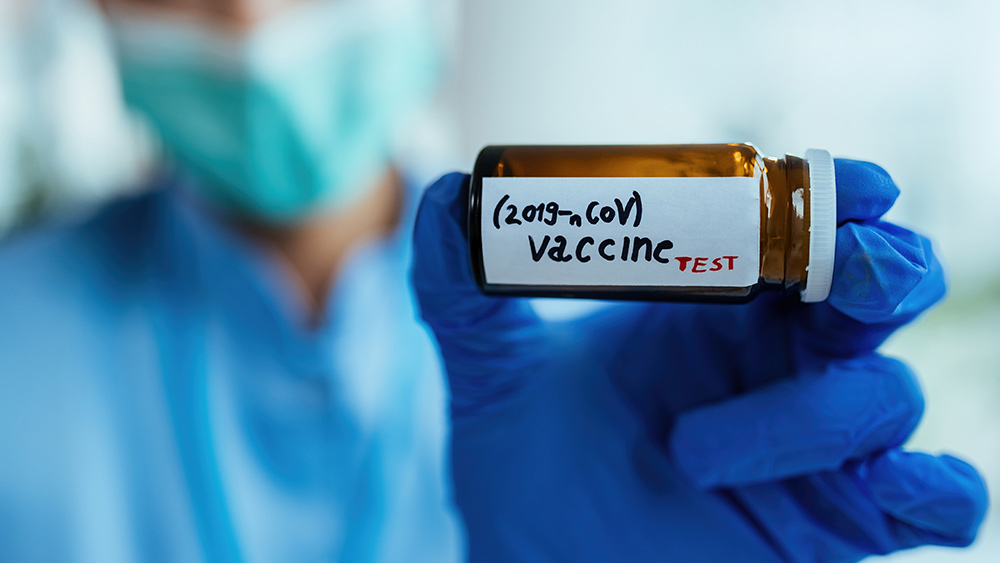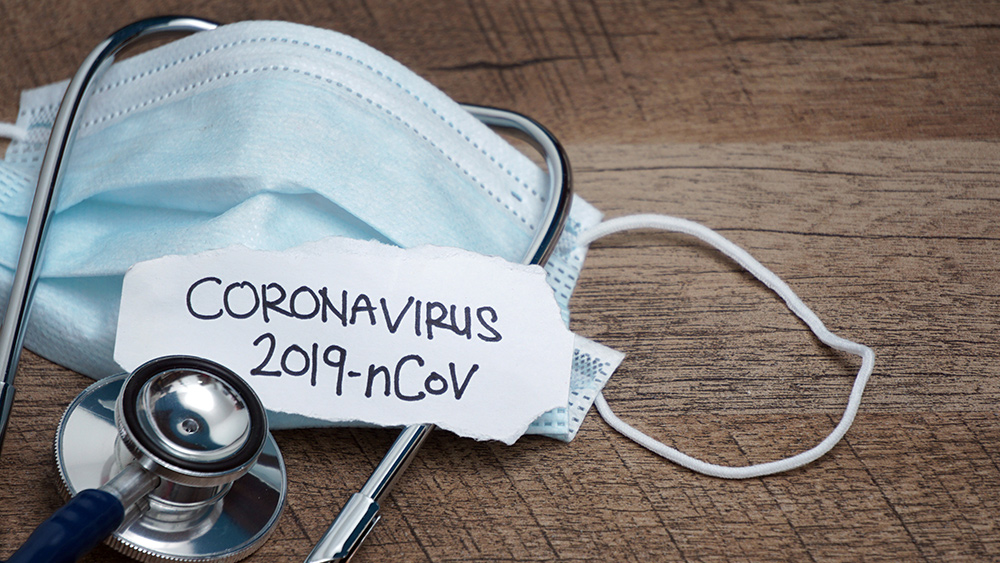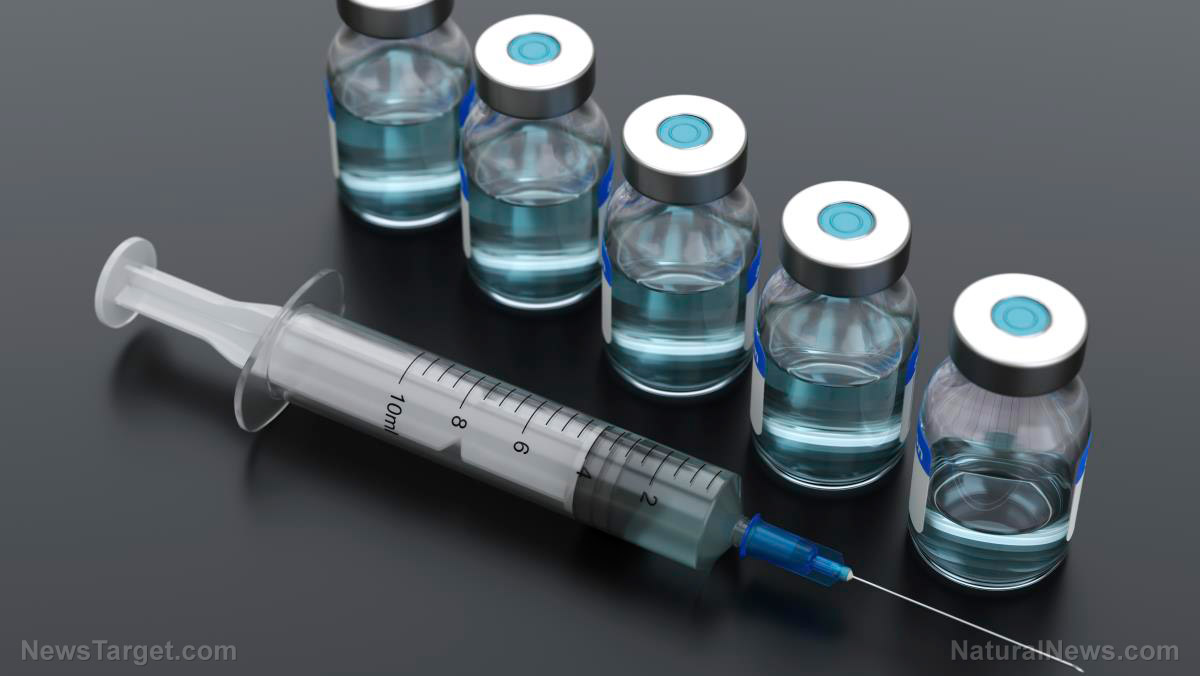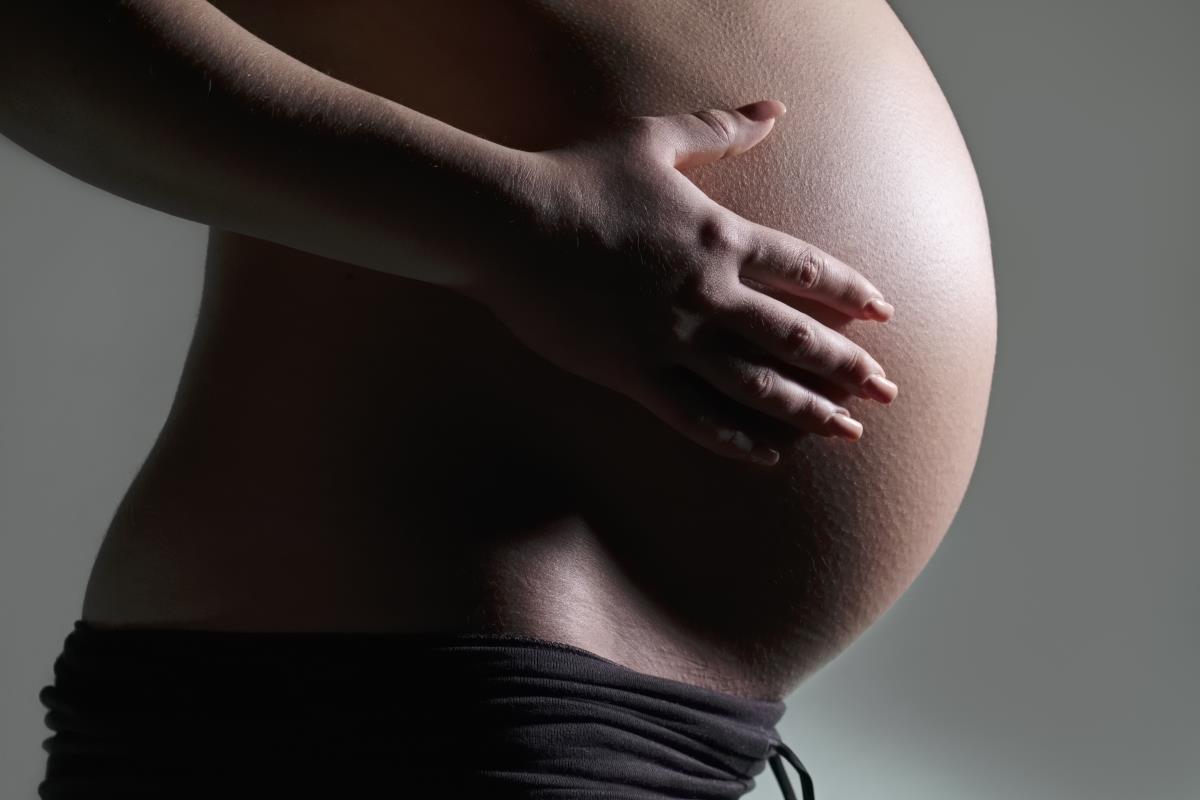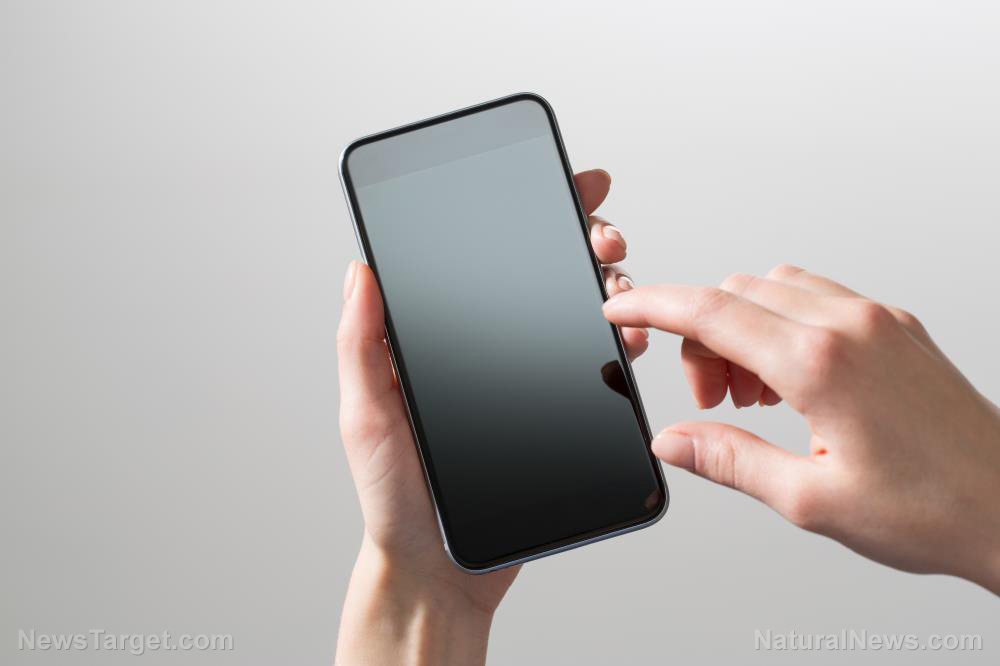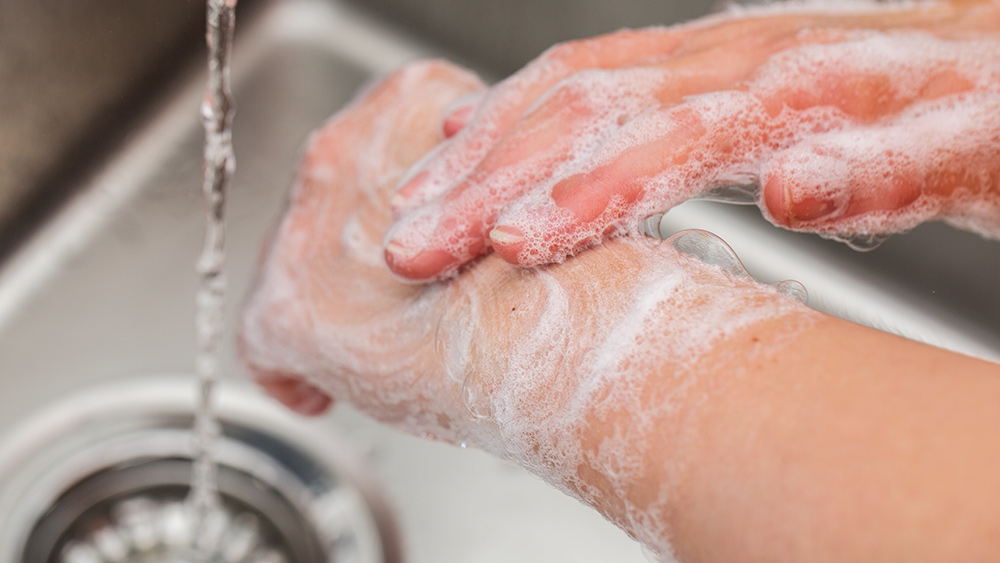Woman suffers brain injury from coronavirus cotton swab test
10/19/2020 / By Franz Walker

The cotton swab used for Wuhan coronavirus (COVID-19) testing may seem innocuous, but this extended Q-tip-like device can actually cause serious injury when not used properly.
Published in the journal JAMA Otolaryngology-Head & Neck Surgery last Oct. 2, described the case of a 40-year old woman who’s brain lining was punctured during a coronavirus test. According to the report, not only may the test have been carried out improperly, but the woman also had an undiagnosed rare condition that may have left her brain more vulnerable in the first place.
While the specifics of the case means that the risk of brain injury from coronavirus tests remains low, it does show that health care professionals need to follow testing protocols closely, according to senior author Dr. Jarrett Walsh of the University of Iowa Hospital.
Woman developed rare condition due to previous surgery
According to the study, the woman had gone for a nasal test ahead of an elective hernia surgery. After the test, she noticed clear fluid coming out of one side of her nose. She subsequently developed a headache, neck stiffness, vomiting and an aversion to light.
Normally, a swab test should not result in a puncture to the brain’s lining. After all, the barrier between the back of the nasal cavity and the brain is made of solid bone. The only thing that could make such an injury possible is if the person has had any surgery that has compromised this bone.
In the woman’s case, it turned out that she underwent surgery some years ago due to intracranial hypertension. This condition occurs when the pressure from the cerebrospinal fluid that surrounds the brain is too high. At the time, doctors used a shunt to drain some of the fluid to address the condition.
This treatment, however, caused the woman to develop what’s called an encephalocele, a defect at the base of the skull that made her brain’s lining protrude into her nasal cavity, where it was susceptible to rupture. This encephalocele remained unnoticed until the incident.
According to Walsh, the symptoms the woman had were likely due to irritation to the lining of her brain. He said that she faced the risk of a potentially life-threatening brain infection had bacteria traveled up her nose.
The woman underwent another surgery in July to repair the defect has since fully recovered.
Improper testing to blame for rupture
As to why the encephalocele was ruptured, both Walsh and the woman suspect that the testing had been carried out improperly. (Related: Boston lab suspends coronavirus testing after hundreds of false positives.)
“She had been swabbed previously for another procedure, same side, no problems at all. She feels like maybe the second swab was not using the best technique and that the entry was a little bit high,” said Walsh.
Standard testing protocol calls for healthcare workers to follow the path of the floor of the nose. In the woman’s case, however, it seems that the swab was pointed up, which could have caused it to puncture the encephalocele.
According to Dr. Dennis Kraus, an ear, nose and throat specialist at Lenox Hill Hospital in New York, the incident “underscores the necessity of adequate training of those performing the test and the need for vigilance after the test has been performed.” Kraus was not involved in the study.
That said, Walsh reassured that what happened to the woman was likely a very rare occurrence. He did, however, state that it was also a reminder that healthcare workers should receive high-quality training prior to being allowed to do swab tests, especially since hundreds of millions more tests are likely to be performed before the coronavirus pandemic is over.
For more on the coronavirus and the possible risks associated with testing and treatment, visit Pandemic.news.
Sources include:
Tagged Under: brain health, Brain Injury, coronavirus, coronavirus testing, covid-19, diagnostics, infectious disease, outbreak, pandemic
RECENT NEWS & ARTICLES
Pandemic.News is a fact-based public education website published by Pandemic News Features, LLC.
All content copyright © 2018 by Pandemic News Features, LLC.
Contact Us with Tips or Corrections
All trademarks, registered trademarks and servicemarks mentioned on this site are the property of their respective owners.




